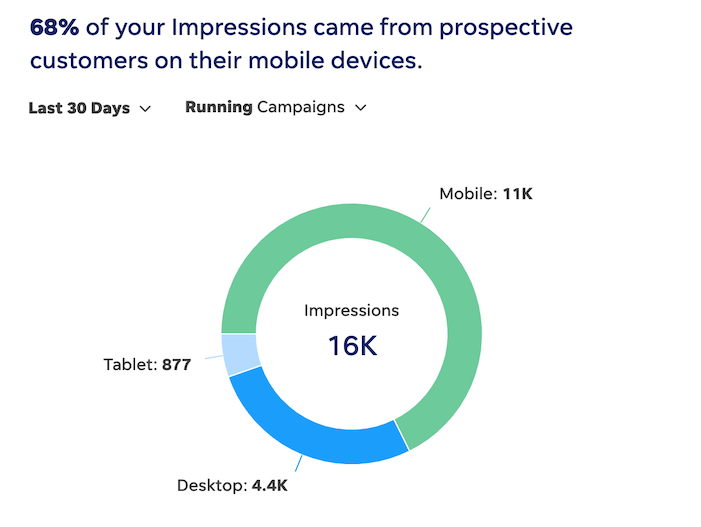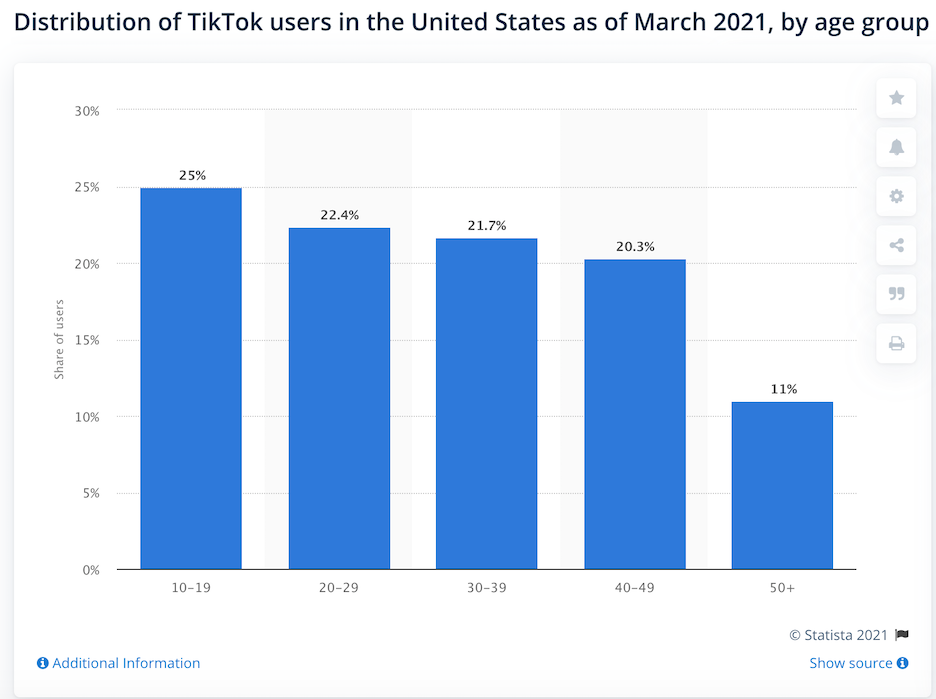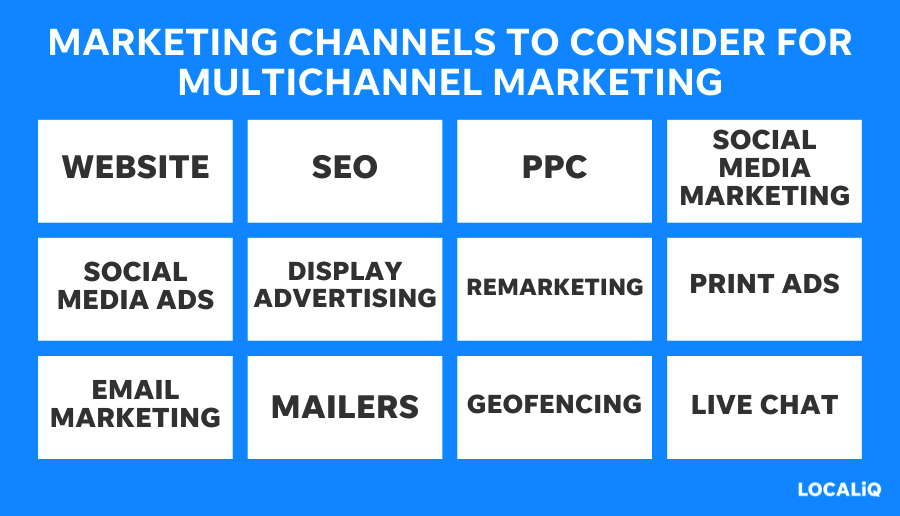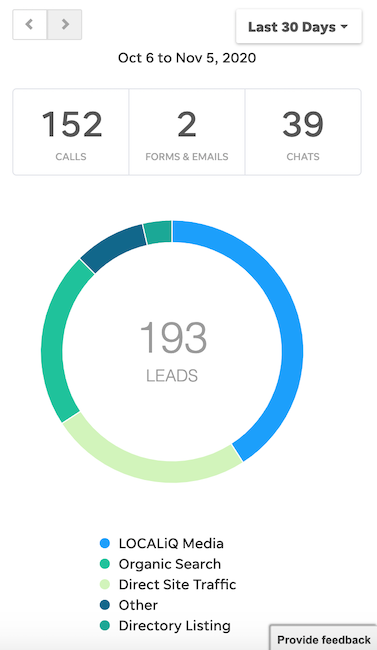Imagine if every single one of your customers and prospective customers subscribed to your newsletter, opened every email you sent, and clicked every link in your newsletter. Ahh. Sounds like heaven to every business owner and marketer. A 100% success rate for all your campaigns, customers hanging on your every word, and no shortage of new customers to be found!
Unfortunately, that’s not the world we live in. In fact, it’s almost the opposite. There are nearly endless places where people are consuming information about businesses, and you’re fighting for their attention while they’re reading work emails, watching YouTube videos, digitally connecting with their friends, and catching up on the latest news.
It can feel impossible to know where, how, and when to reach them. But if you’re not trying at least some way to market your business to them, there’s no way you can grow.
That’s where multichannel marketing comes in, and we’re here to answer all your multichannel marketing questions, including:
- What is multichannel marketing?
- What are examples of multichannel marketing?
- Why is multichannel marketing important?
- How do you create a multichannel marketing strategy?
Let’s get going!
What is multichannel marketing?
Multichannel marketing means your marketing strategy encompasses many different tactics across a range of places (AKA channels)—both online and offline.
For example, if you’re running both local PPC ads and print ads, you’re engaging in a form of multichannel marketing.
Multichannel marketing is simple by definition but complex in execution (but we’ve got a cheat sheet for you below!)

Related: See how your marketing is performing across channels with our free website grader.
5 benefits of multichannel marketing
We’ve covered the basic definition of multichannel marketing, so now let’s talk about why it’s so important and how it benefits your business.
Here are five benefits of multichannel marketing.
1. Multichannel marketing helps you reach your customers—no matter where they spend time (online or offline!)
In an ideal world, there would be one channel to reach all your customers and potential customers, but that’s just not the case. Your customers are spending time in so many different places!
Think about your own media consumption habits: You probably check your email, scroll through some form of social media, do a little online shopping, watch videos on YouTube, text your friends or family, read the local news (or this blog post!), drive to work or the store listening to the radio and seeing some billboards, and more. And that could all happen before 10 a.m.! (And it probably repeats throughout the day.)

If your marketing strategy is relying on only one channel—say email marketing—you’re missing a lot of other opportunities to get in front of your customers.
2. Multichannel marketing promotes brand awareness
Research has shown that people need to engage with or see information about your business at least seven times before they make a purchase from you. This speaks to the importance of building brand awareness.
If your business is marketing in just one channel, you’re probably not going to be building much awareness.
The more channels in which you’re marketing to your target audience, the more times they’ll see your business, and the more likely they are to do business with you.
3. Multichannel marketing gets you more customers
The reason you want to market your business in the first place is to get in front of your existing customers and then get even more customers, right?
Multichannel marketing helps you get more customers because you’re able to reach and engage with a wider audience than if you were focused on one channel.
For example, if you’re running only Facebook ads, you’re missing out on a potential subset of customers who don’t frequently use Facebook. By adding PPC and SEO as part of your multichannel marketing strategy, you can drive web searchers to your website and convert them into customers.

4. Multichannel marketing helps your business stand out
With so many options available to people today, it’s important to make your business stand out. One way multichannel marketing helps you do this is by getting your business seen or found in channels that your competitors are missing.
For example, if you notice your top competitor isn’t running PPC ads for your shared top keyword, you can start running a campaign that targets that keyword and gets your business shown at the top of the search results page.
Another way multichannel marketing can help your business stand out is by keeping you on top of the latest trends in marketing. For instance, if most of your competitors are solely running print ads and sending out mailers but you have a robust online advertising strategy, you can bet that your business will stand out online—where most people are searching for businesses.
5. Multichannel marketing provides valuable data and insights that can improve your campaigns
Pretty much all marketing you run will yield data and insights you can use to improve your campaigns, so by running multichannel marketing, you’re able to collect a wealth of data that can give you better insight into who your customers are, where they spend time online, how they like to engage with your business, and more.

If you know most of your customers find you from their mobile devices, you can focus on mobile marketing strategies to reach them.
This data can help you improve your business and your multichannel marketing plan so your budget and time are focused on the strategies that are driving the best results.
Additionally, you can use the data you collect from one marketing strategy to enhance others. For example, if you notice that a large percentage of people are visiting your website after searching “plumbing emergency,” you can include that service line in your other marketing materials, including your PPC ads, email marketing campaigns, and Facebook ads.
How to create a multichannel marketing strategy
So yes, a multichannel marketing strategy is important, but where to start? With so many options available (we outlined 13 local marketing tactics here!), it can feel a little overwhelming to put your plan together.
Follow these steps to get started with a multichannel marketing strategy.
Identify where your customers are
Your multichannel marketing strategy will only be successful if you’re running marketing on the channels where your target audience spends time. For example, if your target audience is over the age of 40, you might not include TikTok marketing because that social media channel skews younger.

Answer these questions to identify your target audience, then do a little research to find out where they spend time engaging with businesses.
Here are some ideas to help you find this information:
- Look at average demographic information for each social media site.
- Survey your customers to ask them the top three places they spend time online (social media, news sites, email, online shopping, etc.).
- Look at your lead management platform (if you have one) to see how existing leads found you.
- Survey your customers to ask how they heard about your business.
- Look at reporting for your current marketing to see how effective it is.
Determine the right multichannel marketing mix to reach customers
Once you have a general idea of where your customers are spending time (or where they aren’t), you can outline the basic channels you want to incorporate into your multichannel marketing strategy.
Here are some marketing channels you might consider as part of your multichannel marketing strategy:
- Website. A great business website should be part of your strategy no matter what other channels you include—it’s the foundation for all your marketing!
- Search engine optimization. SEO helps you get found in organic search results on top search engines like Google for searches related to your products and services. This is where most people look for businesses, so it’s an important one!
- PPC. Pay-per-click advertising helps you get seen in paid results on search engines and can quickly and effectively get your business more exposure.
- Social media marketing. This allows you to engage with your customers and prospects on social media sites like Facebook, Instagram, Twitter, and even TikTok or Snapchat.
- Social media ads. This lets you advertise your business on social media sites to further expand your reach and engagement metrics.
- Display advertising. Display ads show up on sites across the web so you can increase awareness and get in front of your customers on online shopping, news, or blog sites.
- Remarketing. Remarketing lets you re-engage users who have previously searched for your business or seen an ad for your business so you can bring them back to your website to convert.
- Print ads. Print advertising puts your business in front of a local and engaged audience in the newspaper.
- Email marketing. Email marketing allows you to send targeted email messages to customers and prospects to reach them right in their inboxes.

We talk about even more traditional and digital marketing tactics here.
You don’t have to include every channel on your list right away. You can start with the basics—like building a solid online presence through a great website, a local SEO strategy, and PPC advertising. This will ensure you’re getting found on search engines and that those who visit your website can convert into a customer.
Measure multichannel marketing results
After you’ve run your multichannel marketing strategy for a few months, you can determine what channels are contributing to your overall marketing goals and objectives and which channels can be tweaked.
This is often a challenging area for businesses running multichannel marketing as it can be difficult to determine how your marketing mix is working together to drive results. This is why it’s important to track your leads to understand how your customers are finding you. But it’s also important to look at the full picture to see how your marketing is impacting the customer journey.
Again, because a person needs to see information about a business at least seven times before making a purchase, the marketing channel that drove them to become a lead may not be the only marketing channel that influenced their decision.

A lead management tool that shows how your multichannel marketing strategy is working together to drive leads and awareness for your business can help you make a data-informed decision about what’s working and what’s not.
Adjust (and add on!) as needed
You may need to adjust your multichannel marketing strategy based on seasonality, changes in consumer behavior, and other factors. You can also add on marketing strategies to keep up with trends, reach even more customers, and capitalize on your success.
For example, after running SEO and PPC in addition to an enhanced website, you could add other marketing strategies like social media marketing, Facebook advertising, and display advertising so you can engage with your audience and increase brand awareness.
Start your multichannel marketing strategy today
Multichannel marketing is a must-have for any business looking to grow. By creating a multichannel marketing strategy, you can help your business stand out, reach a wider audience, and maximize your marketing budget. All it takes is a little planning and the right strategy!






